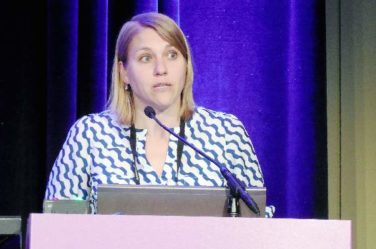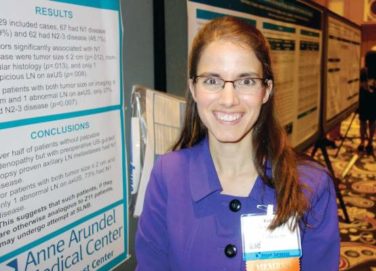FROM THE BMJ
Refugees are at a significantly higher risk of schizophrenia and other nonaffective psychotic disorders than are nonrefugee migrants from a similar part of the world, according to Dr. Anna-Clara Hollander and her associates.
In a survey of 1.348 million people living in Sweden, 3,704 cases of nonaffective psychotic disorders were diagnosed during an observation period of 8.9 million person-years. Psychotic disorders occurred at a rate of 38.5 per 100,000 person-years in the native population, 80.4 per 100,000 person-years in nonrefugee migrants, and 126.4 per 100,000 person-years in refugees. The hazard ratio for refugees was 2.9 and was 1.7 for nonrefugee migrants.
The incidence rate was higher for refugees than for nonrefugee migrants from Eastern Europe, Asia, the Middle East and North Africa, but not from sub-Saharan Africa, where nonrefugees had an incidence rate of 186.7 per 100,000 years and refugees had an incidence rate of 166 per 100,000 person-years. In addition, disorder incidence was greater in men from all regions except sub-Saharan Africa.
“Clinicians and service planners in high income settings should be aware of the early signs of psychosis in refugees, for whom median presentation to services after arrival to Sweden was more than a year sooner than for other migrant groups. Just as for the general population, refugees and their families will benefit from timely and early intervention and care, particularly in those exposed to severe psychosocial adversity,” the investigators noted.
Find the study in the British Medical Journal (2016 Mar 15. doi: 10.1136/bmj.i1030).





